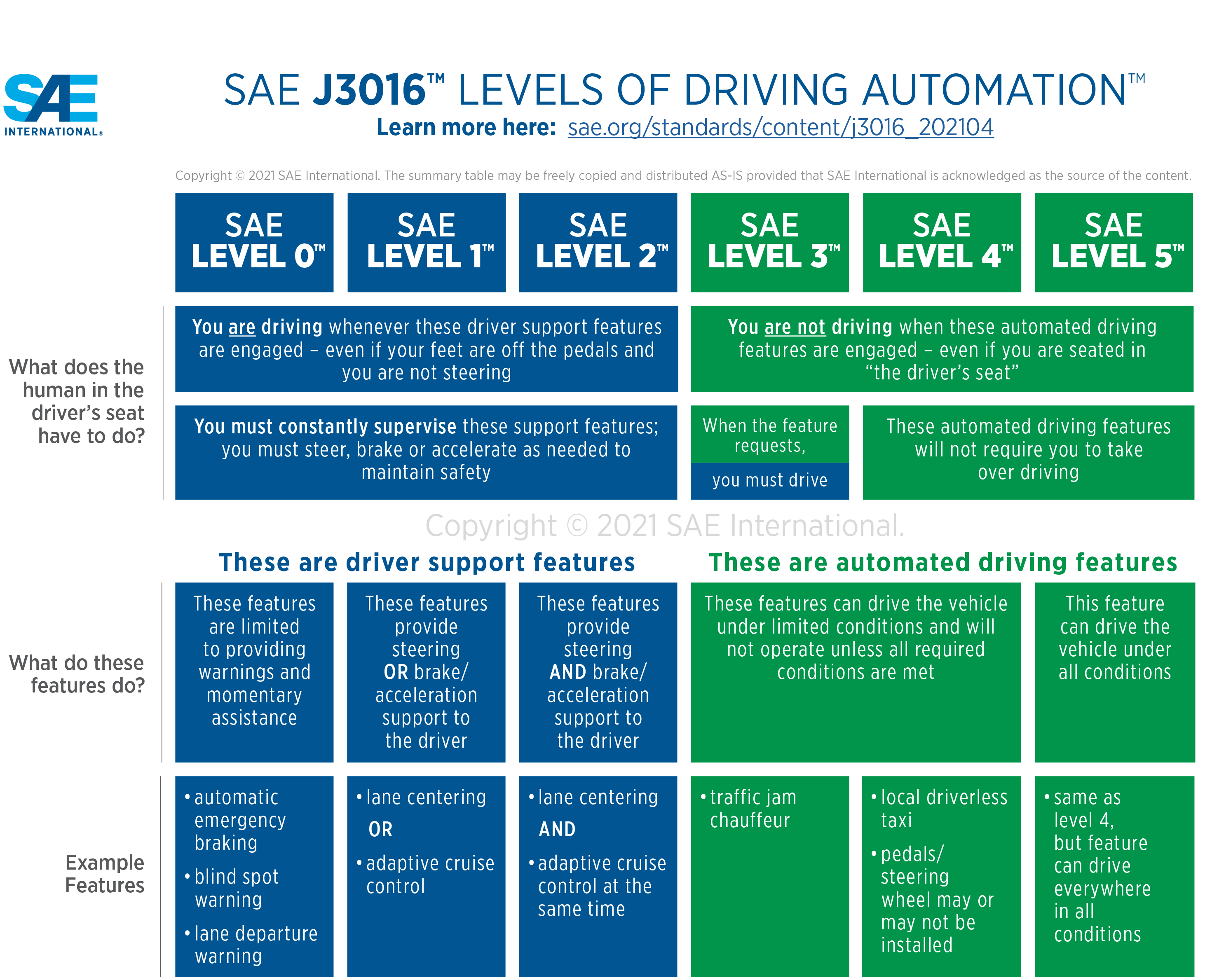Tesla and different firms are actively creating self-driving applied sciences and driverless ride-hailing platforms, and with President-elect Donald Trump’s transition group already targeted on autonomous autos, the tech is very anticipated to be a serious theme in 2025.
In line with a Reuters Breakingviews prediction report on Monday, Trump’s strikes to attenuate rules surrounding autonomous autos and create a federal framework for the know-how are anticipated to supercharge the business—as elevated competitors emerges within the U.S. and past.
With Tesla CEO Elon Musk additionally set to play a big position in Trump’s administration, heading up the Division of Authorities Effectivity (DOGE), the corporate’s personal developments within the sector may additionally stand to profit considerably. Reuters additionally predicts that self-driving pilots may develop below the administration, particularly as builders goal to extend the quantity of information used to coach their techniques.
READ MORE ON SELF-DRIVING REGULATIONS: U.S. company proposes guidelines for self-driving car incident reporting
Final month, the Trump transition group stated that it was already aiming to create a federal self-driving car framework. Moreover, the group earlier this month was reported to be ditching federal necessities on automated driving tech crash reporting, coming as one instance of the administration’s goals to streamline regulatory processes within the business.
Internationally, the Society of Automotive Engineers (SAE) categorizes car automation into 5 automation ranges, that are usually adopted in conversations about robotaxis within the U.S. market as properly. You possibly can see these classes beneath, with Stage 3 and above usually thought-about to be full automation, not less than at instances, whereas Stage 2 and beneath are thought-about partial automation.

Credit score: SAE Worldwide
In line with the information agency Canalys, simply 5.5 p.c of autos bought this 12 months have included Stage 2 or extra help options, comparable to cruise management and automatic lane adjustments. By 2025, nevertheless, Citi analysis has urged that fashions in China beneath 200,000 yuan (about $28,000) can have these options, enjoying a serious position in shopper demand.
In China, not less than 19 firms are at the moment testing totally autonomous autos, and Goldman Sachs expects the nation to see as many as 90 p.c of shopper gross sales to have options of Stage 3 autonomy or greaterby 2040, in comparison with simply 65 p.c within the U.S.
Whereas these applied sciences are rising, McKinsey predicts that self-driving may develop into a $400 billion business by 2035. Google mother or father firm Alphabet runs Waymo, a Stage 4 driverless ride-hailing service that already gives paid rides, whereas others, together with Pony AI and Baidu additionally supply rentable self-driving autos in choose areas.
BYD has invested $14 billion into self-driving, Toyota has round 1.7 trillion yen ($11.3 billion) going towards software program, whereas Volkswagen has invested $700 million into China’s Xpeng Motors. Li Auto and Xiami are additionally thought-about potential opponents in these areas, and 2025 may show a giant 12 months for industrial self-driving hopefuls.
Tesla’s Supervised FSD program, Cybercab unveiled
In the meantime, Tesla isn’t but working a paid ride-hailing service, although it gathers knowledge via proprietor use of its Supervised Full Self-Driving (FSD) software program. Tesla has touted the potential scalability of its Supervised FSD up to now, on condition that it’s out there not less than in some kind in the entire firm’s autos.
Musk has additionally usually talked a couple of future by which house owners of its autos may use an Unsupervised FSD to generate cash by giving robotaxi rides whereas not usually in use.
On that theme, Tesla unveiled the Cybercab in October, a totally autonomous, two-seat car with no pedals, set to finally make it to the market as a driverless ride-hailing car. It’s additionally set to be outfitted with wi-fi charging and make use of an automatic cleansing robotic, providing top-to-bottom autonomy for house owners.
MORE ON FSD SUPERVISED: Watch Tesla’s FSD v13.2 navigate away from park in a tough scenario
Tesla skeptics, Waymo’s driverless ride-hails, GM’s Cruise drives into the sundown
Regardless of the revealing, some have shared skepticism round how lengthy the autos may take to succeed in the market, particularly on condition that manufacturing isn’t set to start till 2026 with industrial deliveries aiming for “earlier than 2027,” in line with Musk throughout the October 10 “We, Robotic” unveiling occasion.
On Monday, analyst Gary Black additionally predicted that fewer than 50 p.c of Tesla house owners would be part of the corporate’s robotaxi fleet, whereas a Guggenheim researcher in October stated Tesla was “extraordinarily unlikely” to disclose a reputable path to robotaxi commercialization within the subsequent 12 to 24 months.
Others like Waymo are among the first firms working paid driverless ride-hails, and the Google-run agency stated in August that its robotaxis had been already giving 100,000 paid self-driving rides per week. In the meantime, Normal Motors (GM) introduced this month that it’ll formally finish funding for its industrial self-driving arm Cruise, after one of many firm’s driverless autos final 12 months ran over and pinned a pedestrian in San Francisco.
ALSO RELATED:
What are your ideas? Let me know at [email protected], discover me on X at @zacharyvisconti, or ship us suggestions at [email protected].
California regulators add new reporting necessities for self-driving automobiles
Want equipment in your Tesla? Take a look at the Teslarati Market:



